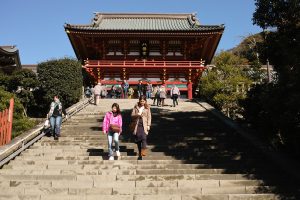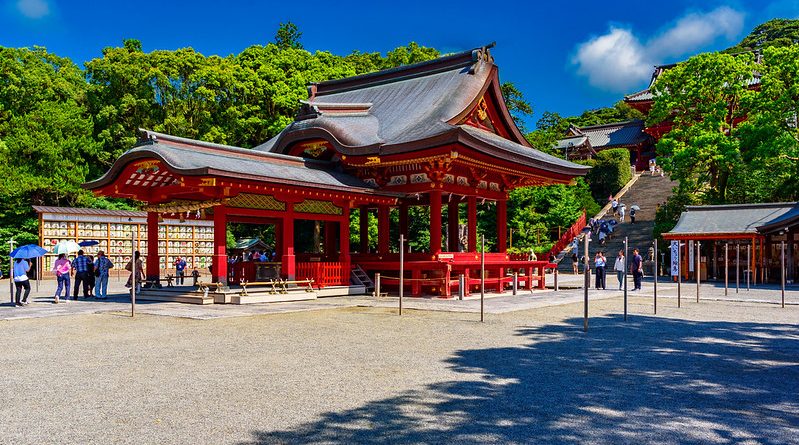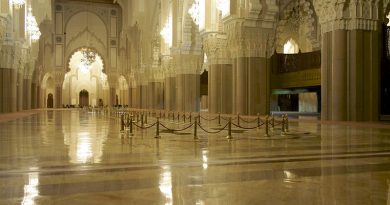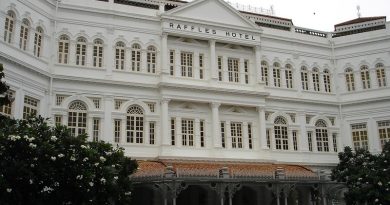Shrines and Temples of Kamakura
History Facts
Where: Kanagawa prefecture, near Tokyo, Honshu, Japan
When: Kamakura Period, 12th and 13th century a.d.
History: Centre of the new zen Buddhist religion
Best sight: 37ft giant bronze Buddha – an awesome postcard image
Where It’s At
Kamakura, a populous resort town and historic center, makes for a great day trip from nearby Tokyo. It has no less than 65 Buddhist temples and 19 Shinto shrines, set in a dramatic natural amphitheater amongst woods on three sides and the sea taking centre stage. Entry to each temple or shrine typically costs between 200 ($2) and 300 ($3) yen.
History of the City of Kamakura
Kamakura was built in the 12th and 13th centuries by warrior Yoritomo Minamoto, who chose the location as it was far from the imperial court in Kyoto and easy to defend. It’s the home of theGo-zan, the five famous Zen temples of Kamakura, which were inspired by the five great Zen temples of China. Kamakura soon became the Japanese center of the newly imported Zen Buddhism religion. But the real treasures are the Shinto shrines nestled amongst connecting trails and lanes in the mountains.

Tsurugaoka Hachimangu by ulysses powers in Kamakura
Best Sights
– Tsurugaoka Hachimangu Shrine, to the god of war, is situated at the end of a cheery tree-lined lane which stretches back to the crowded Yigahama Beach.
– The Keniarai-Benten Shrine is dedicated to the goddess of the arts, one of the “seven lucky gods”. If you go on the zodiac day of the snake and wash your coins in the nearby cave’s spring water, it is believed that the money will double or triple in the future.
– The giant 37ft Great Buddha of Kotokuin Temple, a bronze cast from 1252 AD, is Kamakura most famous postcard image. Set serenely outdoors with the hills as a backdrop, it has survived numerous earthquakes, tsunamis, and typhoons over the centuries. It’s hollow so you can even step inside.
– The Hase Kannon Temple‘s statue of the Goddess of the Sea has an interesting legend; two statues were made from a giant camphor tree, one kept in Hase, the other cast into the sea, ending up in a town where all who touched it incurred bad luck. When it eventually floated to Kamakura it caused no trouble, a sign that the goddess was content in her new home.
– Kita Kamura (north Kamura) houses three of Kamikura’s five great Zen Buddhist temples. Here you can enjoy delicious Zen vegetarian food amidst the tranquil wooded gullies.
– Tokei-ji Temple, the ‘divorce temple’ may interest wandering wives: under old Japanese law only men could apply for divorce, but if a woman spent three years in the temple she could choose to divorce her husband.
– You can’t miss the thousand or so statues of Jizo, the guardian of children. They are donated by grieving parents and usually represent miscarried, stillborn or aborted babies, but are burnt every year to make way for the numerous latest offerings.
Visiting Kamakura
Kamakura is just one hour by train from Tokyo. Most weekends you can request an English-speaking volunteer student guide to show you the sights. Just get to the Kamakura Station around 10am to grab one.
More Information
A Guide to Kamakura
A very detailed guide to visiting the city with information on the opening hours, admission, and historic background for individual shrines and temples
Main image: TsurugaokaHachimangu by ulysses powers in Kamakura
By Susi O’Neill




